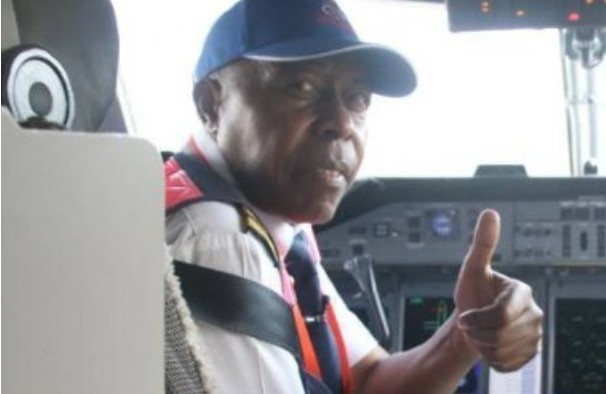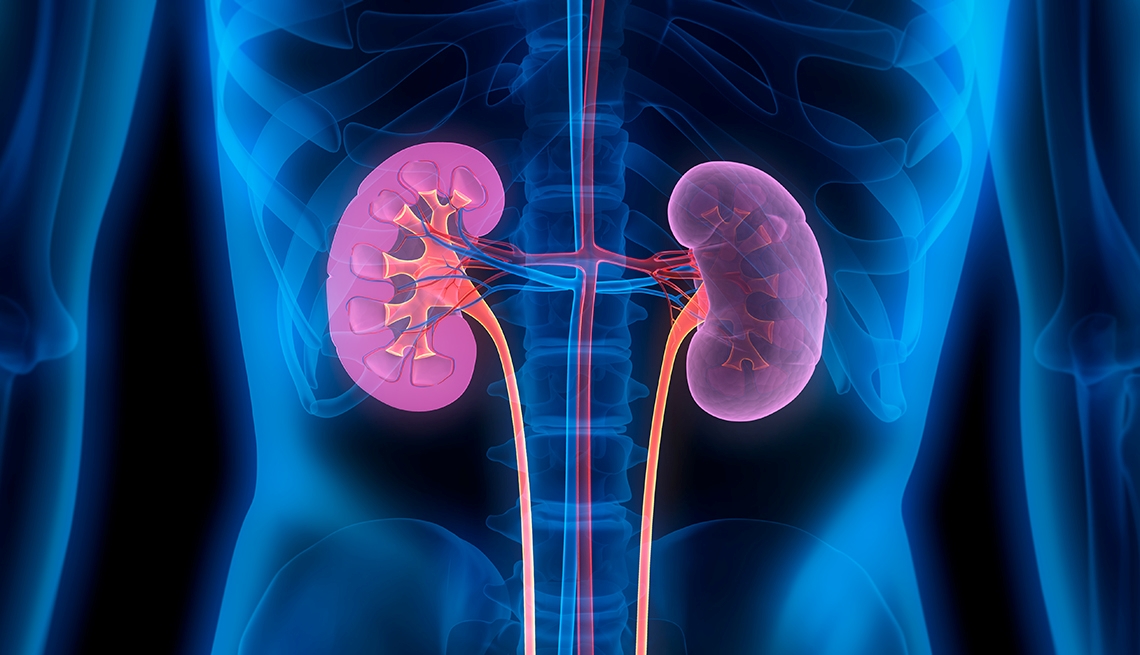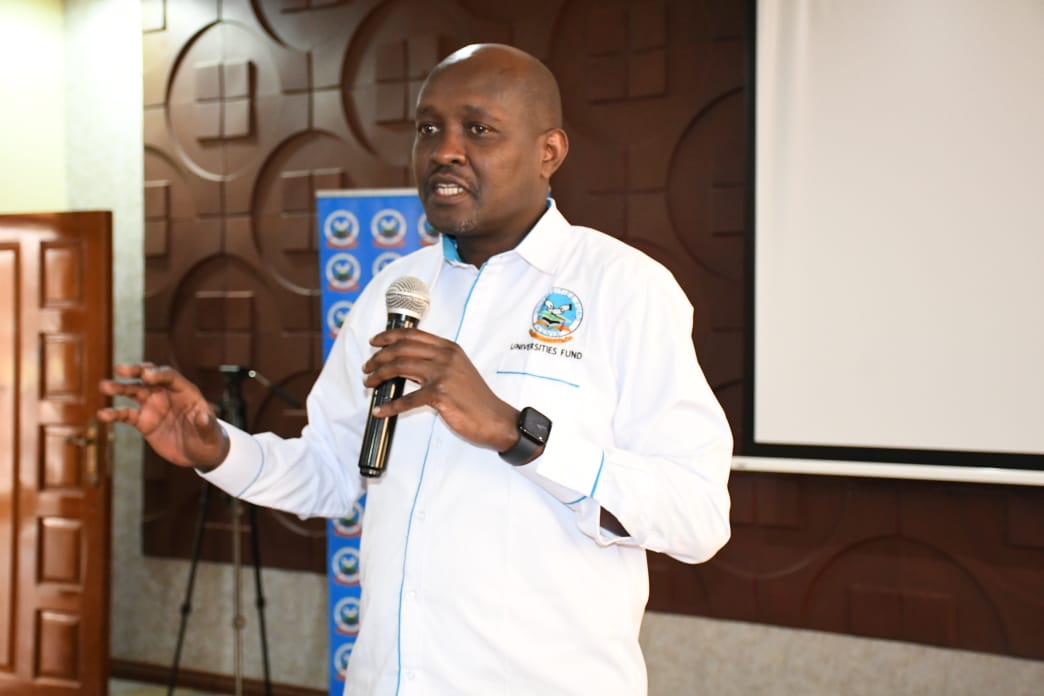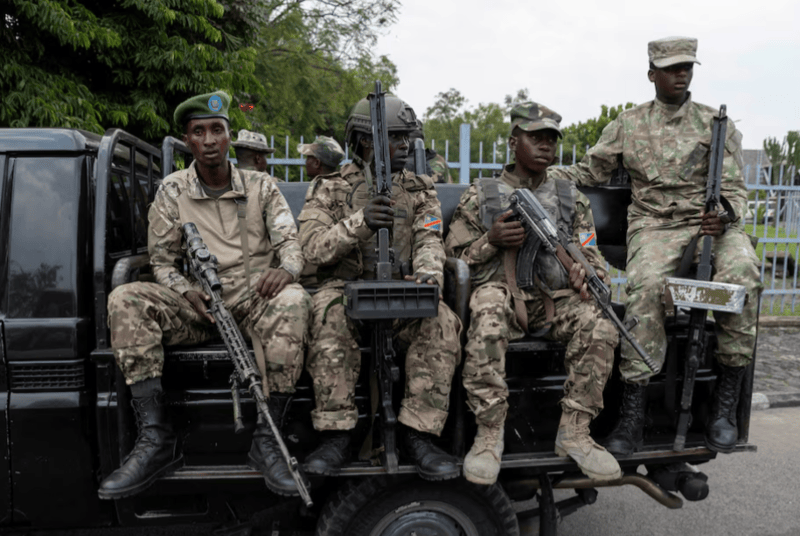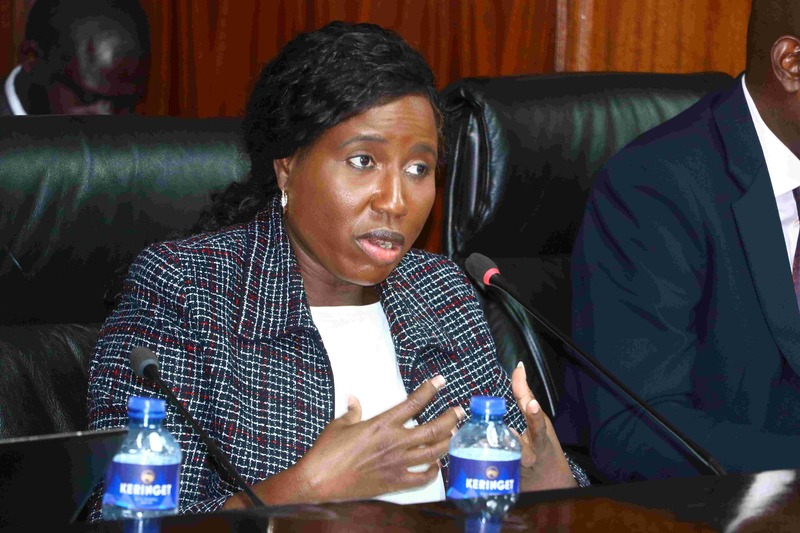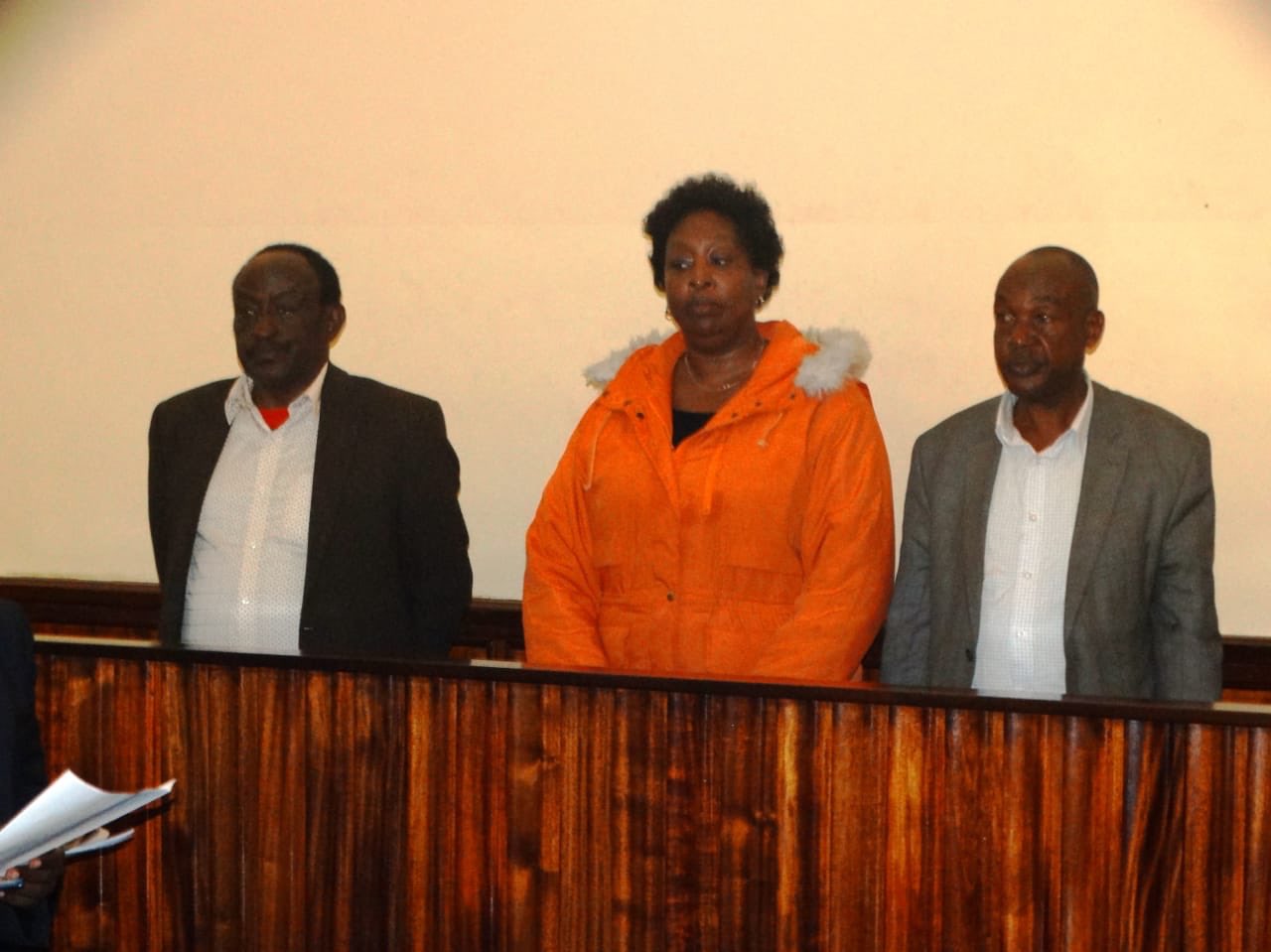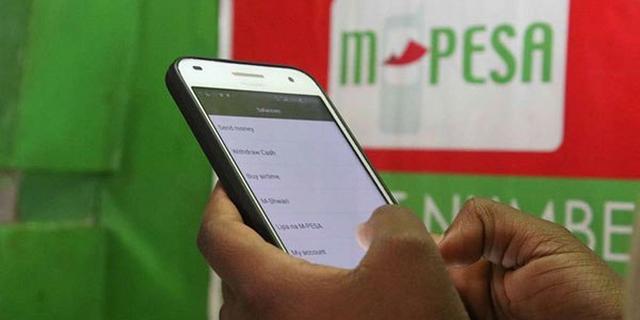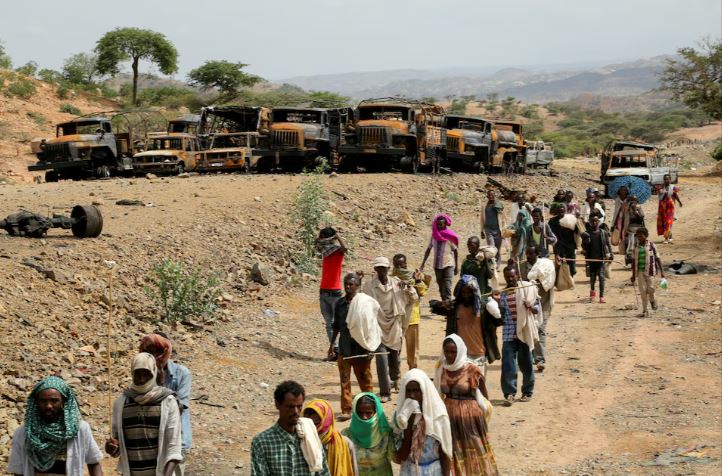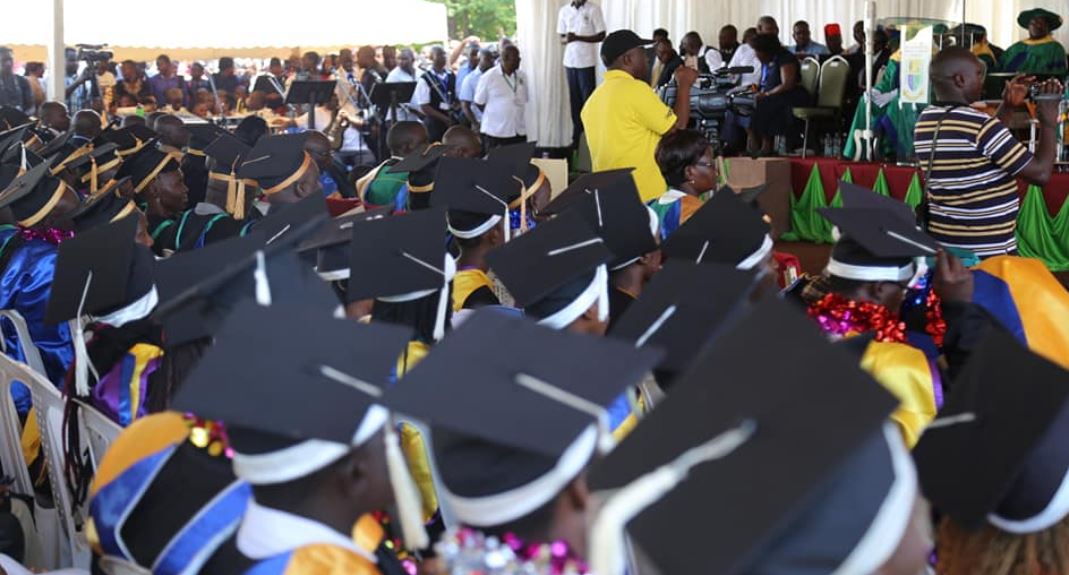Less than 50 per cent of healthcare facilities reimbursed by SHA – Report
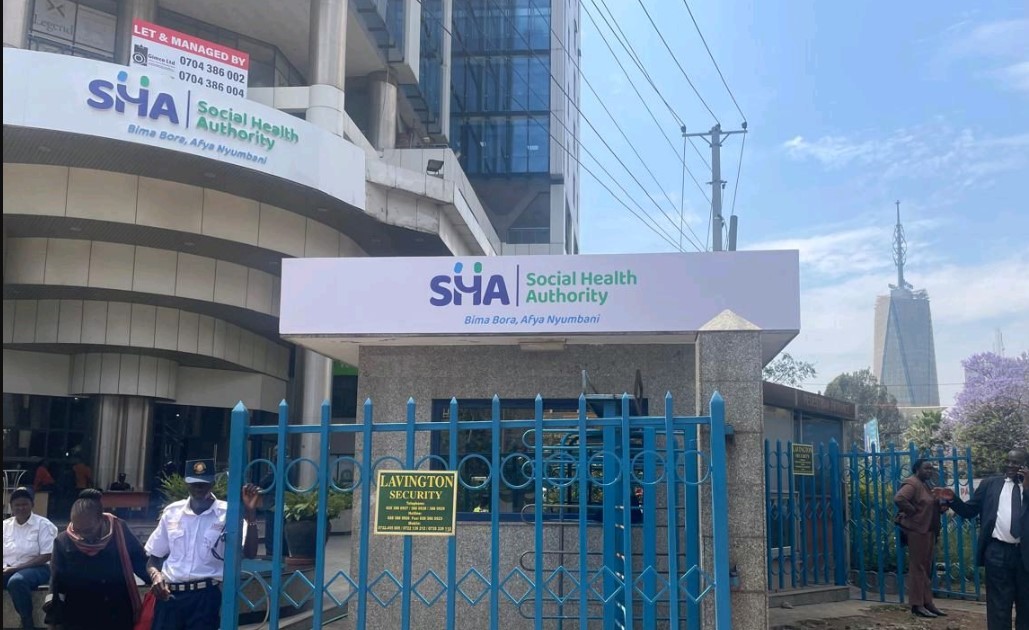
The survey, carried out between December 24 and December 31, 2024, reached 243 healthcare facilities across 63 SHA branches.
Less than 50 per cent of healthcare facilities received payments for their claims from the Social Health Authority (SHA) by the end of last year, according to a new report.
The online survey, conducted by the Rural & Urban Private Hospitals Association of Kenya (RUPHA), found that only 42 per cent of facilities reported receiving payments for their claims during the period.
More To Read
It further revealed that 52 per cent of the facilities that received payments were only reimbursed for less than 20 per cent of their submitted claims, and 58 per cent of those paid received only one payment within the three-month period.
The survey, carried out between December 24 and December 31, 2024, reached 243 healthcare facilities across 63 SHA branches.
The assessment was conducted with the support of the Kenya Healthcare Federation (KHF), the Christian Health Association of Kenya (CHAK), the Kenya Catholic Secretariat and the Kenya Association of Private Hospitals (KAPH).
It assessed the payment and financial status of healthcare facilities contracted by the SHA.
Minimal reimbursements
According to the findings, SHA claims were significantly delayed, with minimal reimbursements being processed.
“SHA claims performance during the period highlighted significant delays and minimal reimbursements. Just 42 per cent of facilities reported receiving payments for their claims,” reads the report.
The survey also noted discrepancies in the payment of arrears from the defunct National Hospital Insurance Fund (NHIF). It found that 49 per cent of facilities had received no payments, while 40 per cent reported receiving payments and 11 per cent were unsure whether the payments were for arrears.
Tertiary care facilities, particularly Levels 5 and 6 hospitals, fared better in terms of payment compared to primary care facilities, which faced more challenges.
Ownership analysis revealed that 77 per cent of the surveyed facilities were privately owned, 20 per cent were faith-based organisations (FBOs), and three per cent were Ministry of Health facilities.
The report highlighted the disparity in performance across regional SHA branches.
While branches like Kiambu and Embu were praised for their efficient payment processing, others, including Maua and Meru, showed higher numbers of unpaid facilities, especially at the primary care level.
Mixed performance
Bungoma and Limuru demonstrated a more balanced approach to disbursement, covering multiple facility levels, while Kitengela’s payments were concentrated at Levels 3 and 4.
“The mixed performance of branches like Mombasa and Kisumu underscores the importance of addressing regional nuances and facility-specific bottlenecks to improve payment reliability across the board,” reads the report.
The survey also highlighted that 53 per cent of FBOs and 65 per cent of private facilities were primary care providers (Levels 2 and 3), while tertiary care facilities (Levels 4-6) made up a smaller portion of the sample.
A clear cash flow challenge was observed, with only five per cent of primary care facilities and 51 per cent of tertiary facilities receiving payments exceeding Sh1 million during the period.
The report further noted that both newly contracted and previously contracted facilities faced similar challenges, with over 40 per cent of each category receiving payments that covered less than 10 per cent of their liabilities.
Reconciliation of NHIF claims was completed by 56 per cent of facilities, with higher completion rates observed among tertiary care facilities. However, primary care facilities faced barriers such as lack of awareness and limited access to claims portals.
The survey pointed out that higher-tier facilities were more likely to receive SHA reimbursements compared to primary healthcare facilities.
“When all facilities regardless of ownership category are examined together, a trend emerges with Level 2 facilities reporting the least instances of payment (21 per cent) and Levels 5 and 6 showing the highest likelihood of having received at least one payment during the period. This trend may reflect a structural or design challenge in the recent healthcare reforms,” the report states.
The survey proposes specific measures to ensure the financial sustainability of primary care services, which are vital for community-level health delivery.
Financial distress was reported by 96 per cent of the surveyed facilities, with private facilities (98 per cent) and FBO facilities (90 per cent) being the most affected.
Operational costs, payroll expenses, and supplier payments were identified as the primary stressors.
“This comprehensive survey provides a clear picture of the financial and operational challenges faced by healthcare facilities contracted by SHA,” the report states.
It highlights the need for reforms to address the disparities in payment disbursements and reconciliation processes to alleviate the financial pressures on healthcare providers.
Top Stories Today

